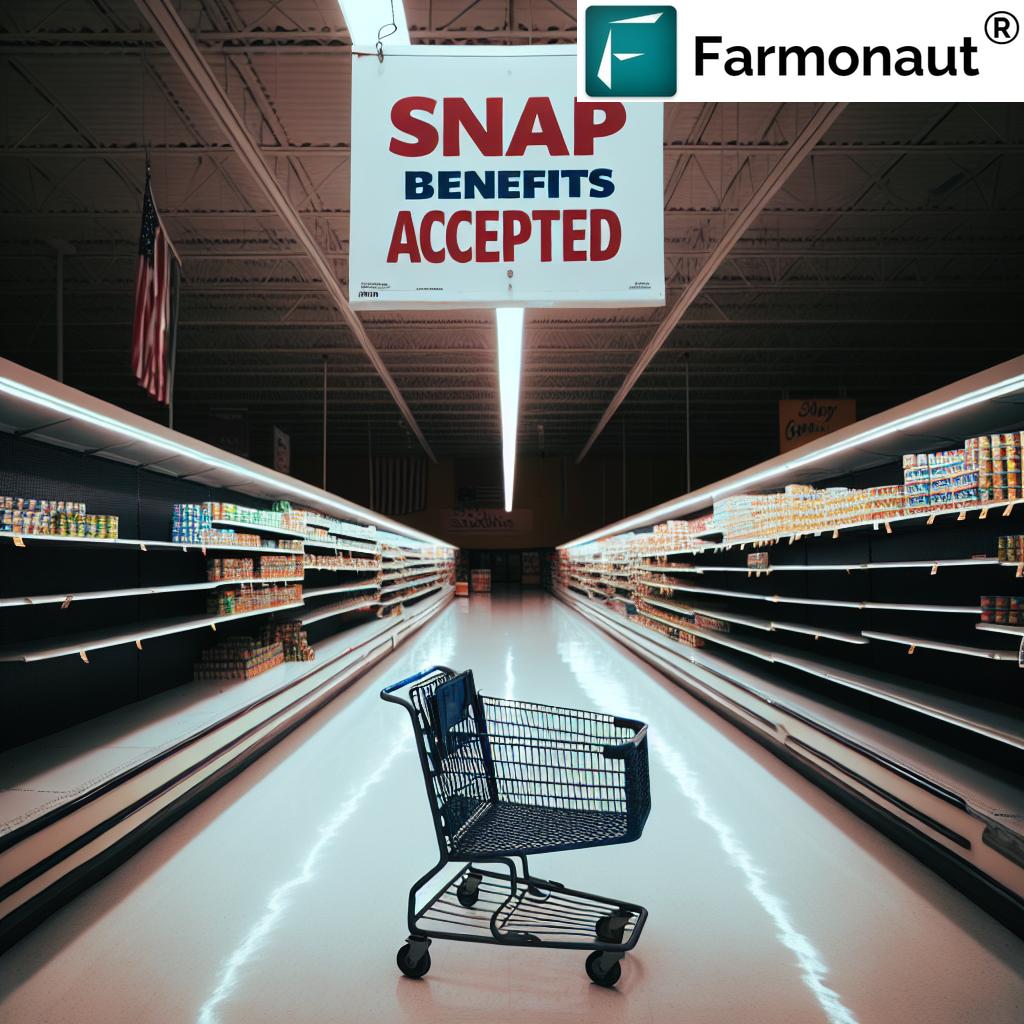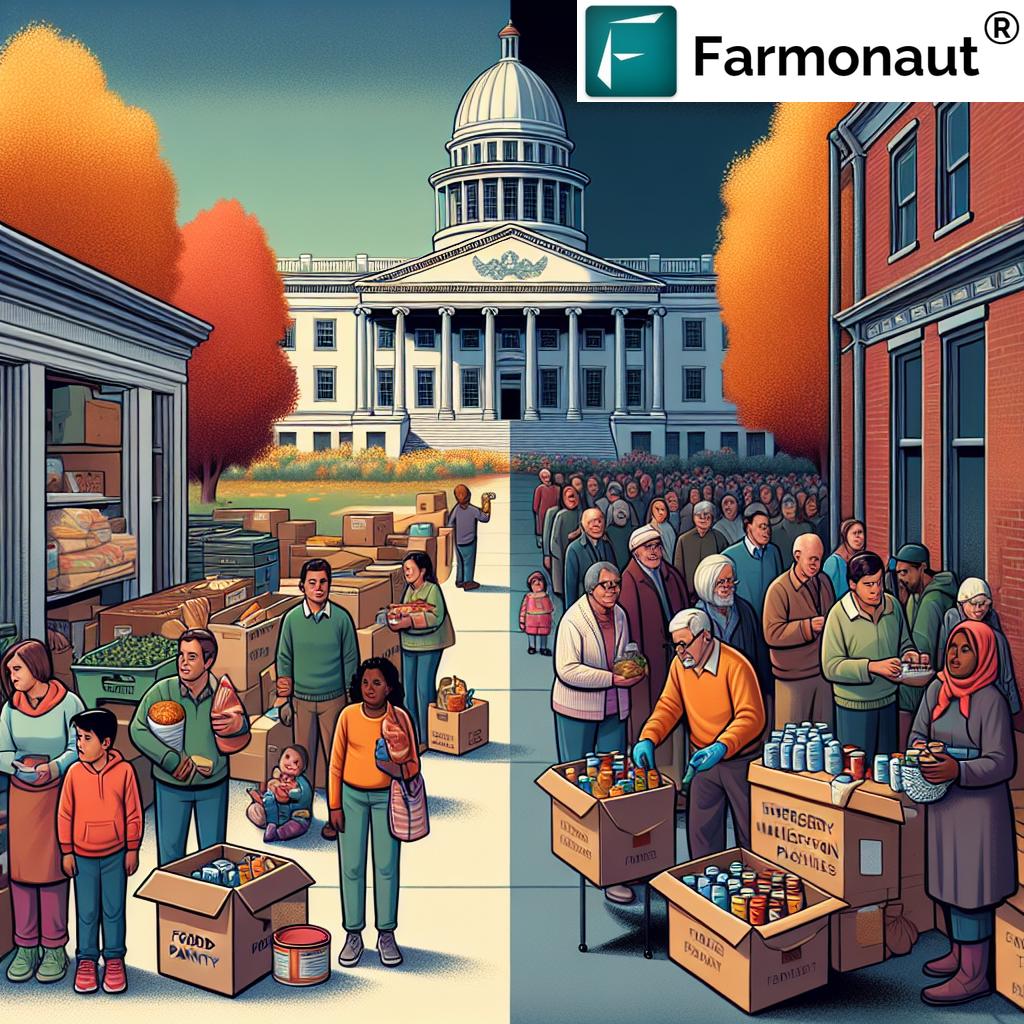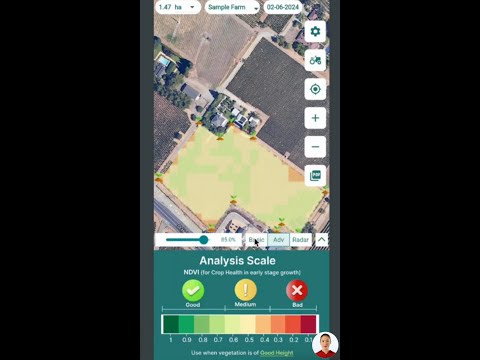Minnesota’s SNAP Benefits at Risk: How the Federal Shutdown Impacts Food Security and Local Communities

“Over 400,000 Minnesota residents rely on SNAP benefits, with an average monthly benefit of $112 per person.”
As we delve into the complex issue of food security in Minnesota, it’s crucial to understand the far-reaching implications of the ongoing partial federal government shutdown. The Supplemental Nutrition Assistance Program (SNAP), formerly known as food stamps, is at the heart of this crisis, affecting hundreds of thousands of Minnesotans who depend on these benefits to put food on their tables.
In this comprehensive analysis, we’ll explore how the federal shutdown impacts SNAP benefits, local food shelves, and the broader community in Minnesota. We’ll also examine the state’s unique position in this national crisis and the efforts being made to mitigate the potential fallout.
The Looming Threat to SNAP Benefits
The partial federal government shutdown has cast a long shadow over Minnesota’s food assistance programs, particularly SNAP. With over 400,000 residents relying on these crucial nutrition assistance benefits, the potential loss of federal funding threatens to unravel the food security safety net for our most vulnerable populations.
Minnesota Department of Human Services Commissioner Tony Lourey has sounded the alarm, stating that if federal funding isn’t secured by the end of January, many families could lose their SNAP benefits. This precarious situation has sent shockwaves through communities across the state, prompting concerns about how families will manage to feed themselves if these benefits are cut off.
- SNAP benefits during government shutdown
- Federal nutrition assistance programs
- Food stamp impact on families
To better understand the scale of this issue, let’s look at some key figures:
| Category | Current Status | Potential Impact | Affected Population |
|---|---|---|---|
| Monthly SNAP Benefit | $112 per person (average) | Potential loss of benefits | 400,000+ Minnesotans |
| Number of SNAP Recipients | Over 400,000 | Increased food insecurity | Children, seniors, disabled individuals |
| Federal Funding Status | Uncertain beyond January | Potential cessation of benefits | All SNAP recipients |
| Food Shelf Demand | High (2017 record visits) | Expected surge in demand | Low-income families, working poor |
| Community Partner Support | Active, but strained | Increased pressure on resources | Local organizations, volunteers |
These numbers paint a stark picture of the potential impact on Minnesota’s communities. The average monthly benefit of $112 per person may seem modest, but for many families, it makes the difference between having food on the table and going hungry.
Federal Response and Short-Term Solutions
In response to the growing concerns, U.S. Secretary of Agriculture Sonny Perdue announced a plan on January 8 to ensure that SNAP participants would receive their full benefits for February. This plan involves working with states to disburse these funds early, based on a previous congressional resolution.
While this provides temporary relief, it’s important to note that it’s not a long-term solution. The uncertainty beyond February continues to loom large, leaving many Minnesotans anxious about their future access to food assistance.
Local Impact: Hennepin County in Focus
To understand the local impact, let’s zoom in on Hennepin County, where over 83,000 residents rely on SNAP benefits. This county serves as a microcosm of the larger issue facing Minnesota and highlights the critical nature of these benefits for urban communities.
Commissioner Lourey emphasized that SNAP resources are vital for providing food for vulnerable populations, including:
- Children
- Seniors
- Individuals with disabilities
The commissioner criticized the delays resulting from political stalemate, underscoring the real-world consequences of governmental gridlock on the lives of everyday Minnesotans.
The Role of Local Food Shelves and Community Partners
As the federal shutdown continues, local food shelves and community partners are bracing for increased demand. Organizations like Interfaith Outreach & Community Partners are at the forefront of this impending crisis, expressing deep concern about the potential disruption of crucial food services for struggling families.
LaDonna Hoy, Executive Director of Interfaith Outreach & Community Partners, voiced her hope for a quick resolution to prevent a breakdown in essential food services. The organization, which provides food assistance to eight communities, has already seen record-high visitation rates in recent years.
- Minnesota food shelves
- Community food assistance programs
Liz Erstad-Hicks, Community Engagement Director, pointed out a crucial fact: many clients of local food shelves are employed but still require SNAP assistance due to wages that don’t keep pace with living costs. This highlights the complex nature of food insecurity, where even working individuals struggle to make ends meet.
“Minnesota is one of the least-affected states overall by the federal shutdown’s impact on food assistance programs.”
Minnesota’s Unique Position
Interestingly, while the effects of the shutdown on SNAP recipients are concerning, Minnesota finds itself in a relatively better position compared to other states. According to a January 3 report from WalletHub, Minnesota ranks as the 47th most-impacted state regarding SNAP benefits.
When considering other factors such as federal jobs and contracts, Minnesota emerges as the least-affected state overall by the shutdown. This unique position offers both relief and challenges:
- Relief: The impact on Minnesota’s SNAP recipients may be less severe than in other states.
- Challenge: This position might lead to a false sense of security, potentially reducing urgency in addressing the issue.
Explore Farmonaut’s API for agricultural insights
The Broader Economic Impact
The potential loss of SNAP benefits extends beyond individual households, affecting the broader economy of Minnesota. In the 2017 fiscal year, over $576 million in federal nutrition assistance was distributed across the state. This substantial sum not only helps families but also flows into local economies, supporting grocery stores, farmers markets, and other food retailers.
The economic ripple effect of a SNAP benefit loss could be significant:
- Reduced consumer spending in local businesses
- Potential job losses in the food retail sector
- Increased strain on other social services as families struggle to reallocate their limited resources
The Human Face of Food Insecurity
Behind the statistics and policy discussions are real people facing real challenges. Families who rely on SNAP benefits often find themselves in a precarious balancing act, trying to stretch their resources to cover all their basic needs. The potential loss of these benefits threatens to upset this delicate balance, pushing many into crisis.
Consider the following scenarios:
- A single parent working two part-time jobs, relying on SNAP to ensure their children have enough to eat
- An elderly couple on a fixed income, using SNAP benefits to supplement their limited budget for nutritious food
- A family caring for a disabled child, where SNAP benefits help offset the high costs of medical care
These stories underscore the critical role that SNAP plays in supporting vulnerable populations and highlight the potential human cost of the federal shutdown.
Access Farmonaut’s API Developer Docs
The Role of Technology in Addressing Food Insecurity
As we grapple with the challenges posed by the federal shutdown, it’s worth considering how technology can play a role in addressing food insecurity. While not a direct solution to the current crisis, innovative approaches can help streamline food assistance programs and improve their efficiency in the long term.
For instance, satellite-based technologies like those developed by Farmonaut for agricultural monitoring could potentially be adapted to help:
- Track food production and distribution more effectively
- Identify areas of high food insecurity for targeted intervention
- Optimize the logistics of food distribution to food shelves and community partners
State-Level Response and Preparedness
As the situation in Washington remains uncertain, Minnesota’s state government is closely monitoring developments and exploring options for continued funding. The state’s Department of Human Services is working on contingency plans to mitigate the impact of a potential loss of federal SNAP funding.
Key aspects of the state’s response include:
- Coordinating with local food shelves to prepare for increased demand
- Exploring state-level funding options to bridge potential gaps
- Communicating with SNAP recipients about the status of their benefits and available resources
This proactive approach demonstrates Minnesota’s commitment to protecting its most vulnerable residents, even in the face of federal uncertainty.
The Importance of Community Mobilization
In times of crisis, the strength of a community is often measured by its ability to come together and support its most vulnerable members. As the federal shutdown threatens SNAP benefits, we’re seeing an inspiring mobilization of community resources across Minnesota.
Community efforts include:
- Increased donations to local food shelves
- Volunteer drives to support food distribution efforts
- Awareness campaigns to educate the public about the impact of the shutdown on food security
These grassroots efforts demonstrate the resilience and compassion of Minnesotans, providing a crucial safety net as federal support wavers.
Long-Term Implications and Policy Considerations
While the immediate focus is on addressing the potential loss of SNAP benefits due to the federal shutdown, this crisis also raises important questions about the long-term sustainability and resilience of our food assistance programs.
Key policy considerations include:
- Exploring ways to make nutrition assistance programs more resistant to political gridlock
- Addressing the root causes of food insecurity, including wage stagnation and rising living costs
- Investing in local food systems to reduce dependency on federal programs
These discussions are crucial for building a more robust and sustainable approach to food security in Minnesota and beyond.
The Intersection of Food Security and Agriculture
As we consider the challenges facing SNAP recipients and food shelves, it’s important to recognize the interconnectedness of food security and agriculture. Minnesota’s robust agricultural sector plays a crucial role in the state’s food system, and innovations in farming practices can have a significant impact on food availability and affordability.
Technologies like those developed by Farmonaut, which use satellite imagery and AI to optimize crop yields and resource management, have the potential to increase food production efficiency. While not a direct solution to the current SNAP crisis, such advancements can contribute to long-term food security by:
- Increasing crop yields
- Reducing food waste through better forecasting
- Lowering production costs, potentially leading to more affordable food
Looking Ahead: Building Resilience in Food Assistance Programs
As we navigate the current crisis, it’s crucial to look ahead and consider how we can build more resilient food assistance programs. The federal shutdown has exposed vulnerabilities in our current system, highlighting the need for innovative approaches to ensure food security for all Minnesotans.
Potential strategies for building resilience include:
- Diversifying funding sources for food assistance programs
- Strengthening partnerships between government agencies, non-profits, and the private sector
- Investing in technology to improve the efficiency and effectiveness of food distribution
- Developing local food systems to reduce dependency on national supply chains
By addressing these issues now, we can work towards a future where food security is less vulnerable to political and economic fluctuations.
FAQ Section
Q: How long will the current SNAP benefits last during the federal shutdown?
A: According to the U.S. Secretary of Agriculture’s announcement, SNAP benefits are secure for February. However, the situation beyond February remains uncertain and depends on the resolution of the federal shutdown.
Q: What can SNAP recipients do if they lose their benefits?
A: If SNAP benefits are lost, recipients are advised to contact their local food shelves and community assistance programs. The state government and local organizations are working on contingency plans to help those affected.
Q: Are there any alternatives to SNAP for those facing food insecurity?
A: Yes, alternatives include local food shelves, community meal programs, and other nutrition assistance programs like WIC (Women, Infants, and Children). However, these resources may become strained if SNAP benefits are cut off.
Q: How can community members help during this crisis?
A: Community members can help by donating to local food shelves, volunteering at food distribution centers, and advocating for continued funding of nutrition assistance programs.
Q: Will the impact of the shutdown on SNAP benefits be immediately noticeable?
A: While February benefits are secured, if the shutdown continues, the impact could become noticeable in March. Food shelves may see increased demand even before then as families prepare for potential benefit losses.
Conclusion: A Call to Action
The partial federal government shutdown has brought the issue of food security to the forefront in Minnesota. While our state may be less affected than others, the potential loss of SNAP benefits poses a significant threat to hundreds of thousands of our fellow Minnesotans.
As we navigate this crisis, it’s crucial that we:
- Stay informed about the status of SNAP benefits and other food assistance programs
- Support local food shelves and community organizations
- Advocate for swift resolution of the federal shutdown and continued funding for nutrition assistance programs
- Consider long-term solutions to build a more resilient food security system in Minnesota
By coming together as a community and leveraging our resources and innovation, we can work towards ensuring that no Minnesotan goes hungry, regardless of federal political challenges. The current crisis serves as a stark reminder of the importance of food security and the need for sustainable, long-term solutions to this fundamental human right.








Could ‘Earned Income’ programs, like those proposed by some politicians, actually exacerbate food insecurity and poverty, especially during crises like the recent federal government shutdown? How can we ensure that these programs truly support and uplift vulnerable populations, rather than creating additional barriers to their well-being?